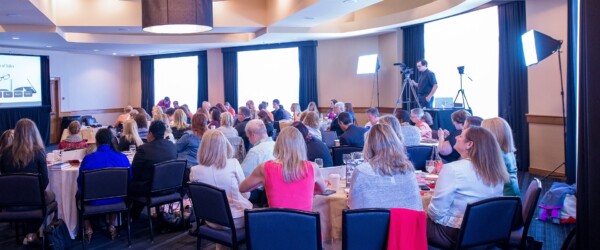Welcome to the official website of
the National LIP Secretariat (NLS)
Explore our community
Access tools, information and resources in order to support the LIPs and help create welcoming communities for newcomers across Canada.
Mandate and Mission
To improve the efficacy of the Local Immigration Partnerships (LIPs) and Zonal Immigration Partnerships (ZIPs) through:
1. Sustainable networks
2. Shared resources
3. Capacity building
4. The amplification of diverse LIP/ZIP voices
Subscribe to Our Updates
Please subscribe to our mailing list for future communications from the NLS!
Latest News

Creating a sense of belonging beyond borders, in our Lloydminster...
May 07th, 2024
Lloydminster LIP

This webinar and resource guide sheet was developed to help...
May 07th, 2024
St. Thomas-Elgin LIP

This guide helps service providers and people in need of...
May 07th, 2024
St. Thomas-Elgin LIP

“Planning Events that are Culturally Inclusive” is a free guidebook...
May 07th, 2024
St. Thomas-Elgin LIP

In June 2023, STELIP facilitated a survey to understand the...
May 07th, 2024
St. Thomas-Elgin LIP

This report provides insight into the discrimination experiences of immigrants...
May 07th, 2024
St. Thomas-Elgin LIP
